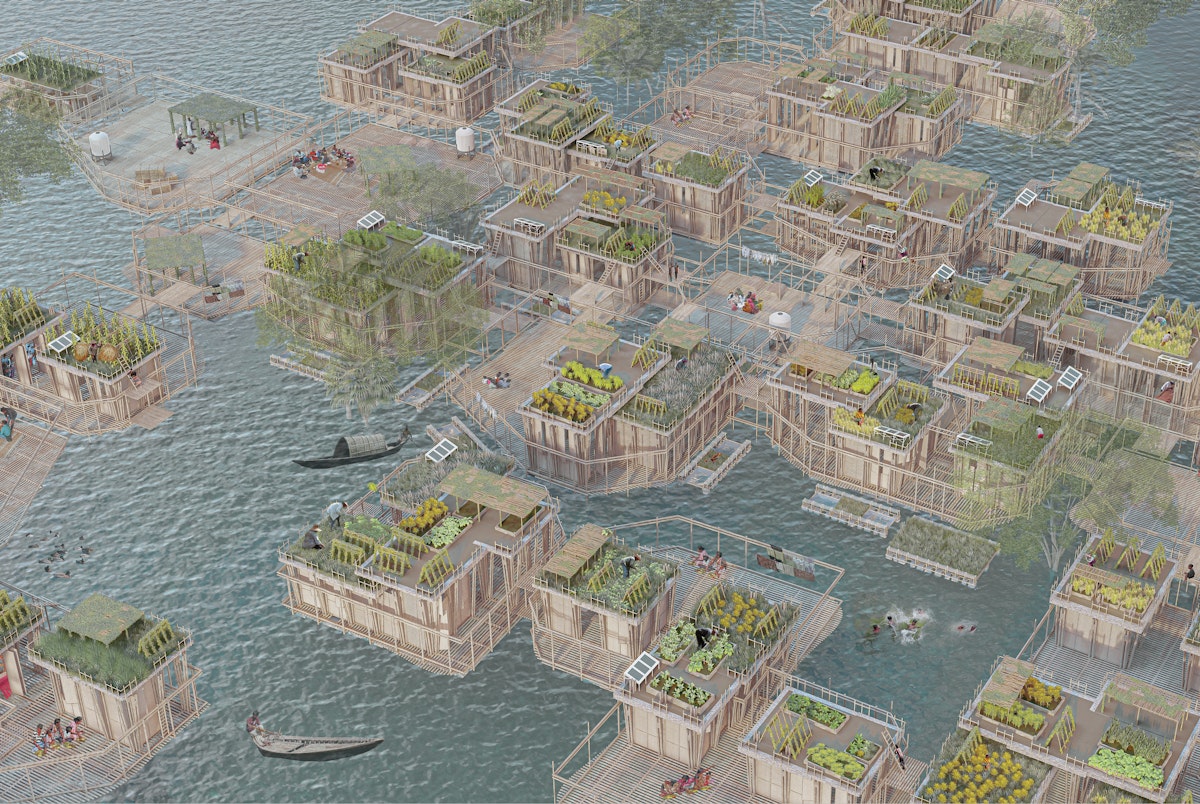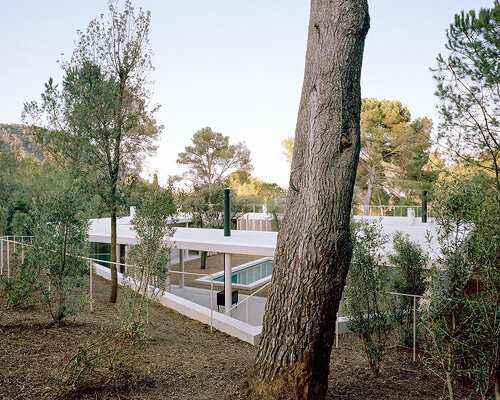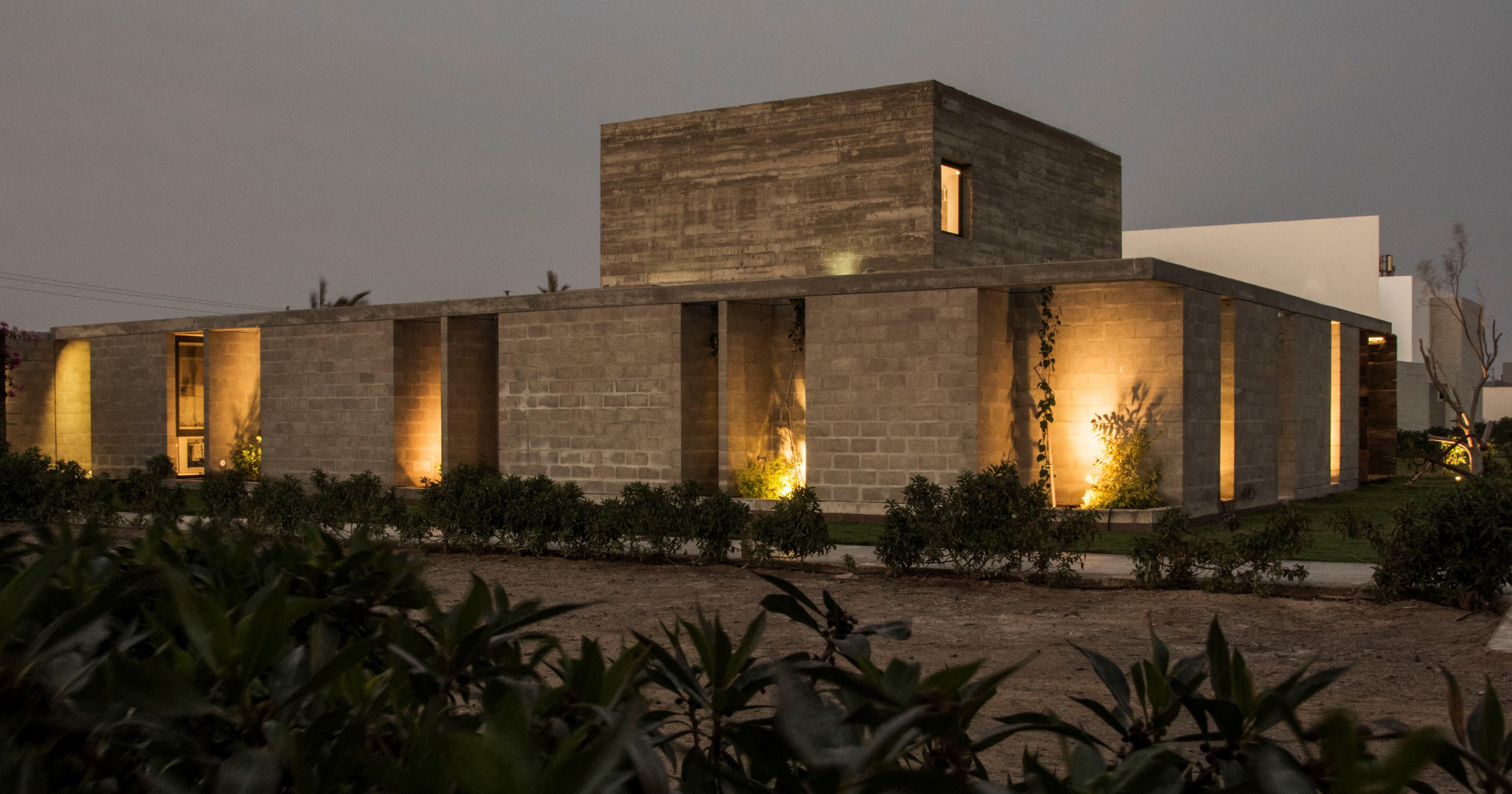Specht Novak designs Austin ADU devoid of windows


Architect Scott Specht has completed an accessory dwelling unit (ADU) in Austin that is clad entirely in corten steel with no exterior windows.
Known as the Stealth House, the 1,300-square foot (120-square metre) home sits on a 3,500-square foot (325-square metre) portion of a narrow, mid-block lot.

Accessed by a gravel alley, the house maximized the buildable area for an ADU that was allowed when it was completed in 2024.
Scott Specht, who is both the homeowner and architect as the principal of Specht Novak, chose to orient the home internally – drawing on ancient courtyard dwellings like the Roman domus and Moroccan riad – since the property offered no view.

"By turning inward, we are not only able to reclaim underused urban lots but also create a sanctuary where natural light, landscape and self-sufficiency coexist in harmony," Specht told Dezeen, referencing the contemporary necessities of privacy, security and sustainability.
Two interior courtyards are carved out of the single-story box wrapped in corrugated, weathered corten steel.

The courtyards place the private outdoor spaces within the home's interior, bringing light into the space and making it feel larger than its footprint.
"Eliminating perimeter windows was a deliberate move to redefine how a home interacts with its surroundings," Specht said.

"This inward focus not only guarantees complete privacy and acoustic separation but also concentrates design energy on crafting those courtyards as vibrant living rooms under the sky."
"In doing so, the home's plan becomes simple yet richly experiential," he continued.
"Each room transitions seamlessly between enclosed solidity and open landscape, creating a dynamic ebb and flow that a traditional windowed façade could never achieve."

Inside the entrance – characterized by a green tile mosaic set under a thin-prile metal awning – the kitchen and living area are oriented to the primary courtyard, where an olive tree creates dappled shadows at the heart of the home.
The mixture of Bisazza glass tile, wood fibre wall coverings and knotty oak flooring complements the leafy plantings and warm glow from the corten that can be seen across the courtyards.

Off-the-shelf materials also help the home feel rooted while keeping to the modest budget.
Every space – including two bathrooms and two bedrooms set on opposite corners – opens to the courtyards through frameless glass walls.
The Stealth House employs both passive strategies and active systems to meet its sustainability goals.
The lack of windows eliminates heat transfer, while the courtyards provide daylighting and natural ventilation. A photovoltaic array and battery backup supplies 84 per cent of annual electricity demand, and roof runoff is captured to irrigate the courtyards.

"The project reinforced my belief that constraints fuel creativity," Specht said.
"By embracing the alley lot's tight setbacks, area limitations and windowless envelope, we thought about every inch, eliminated any areas we wouldn't use with frequency, and honed a plan that works incredibly well for our needs."
Previously, Specht Novak reimagined a Usonian design for a lakefront house in Pennsylvania and designed a symmetrical glass pavilion house to display art in the Berkshires.
The photography is by Leonid Furmansky.
Project credits:
Builder: Smock Build / Austin Smock
Architect: Specht Novak
The post Specht Novak designs Austin ADU devoid of windows appeared first on Dezeen.




















































